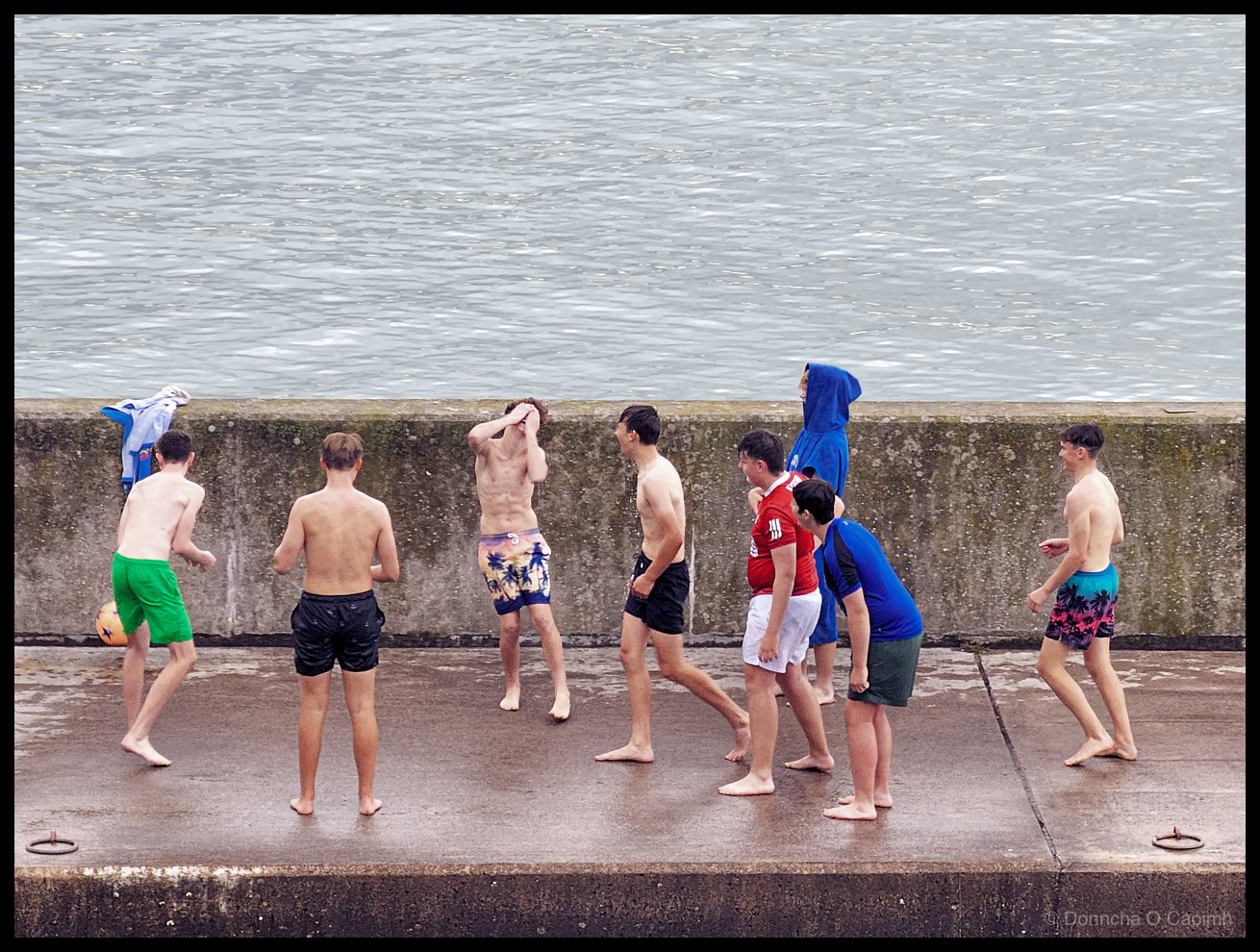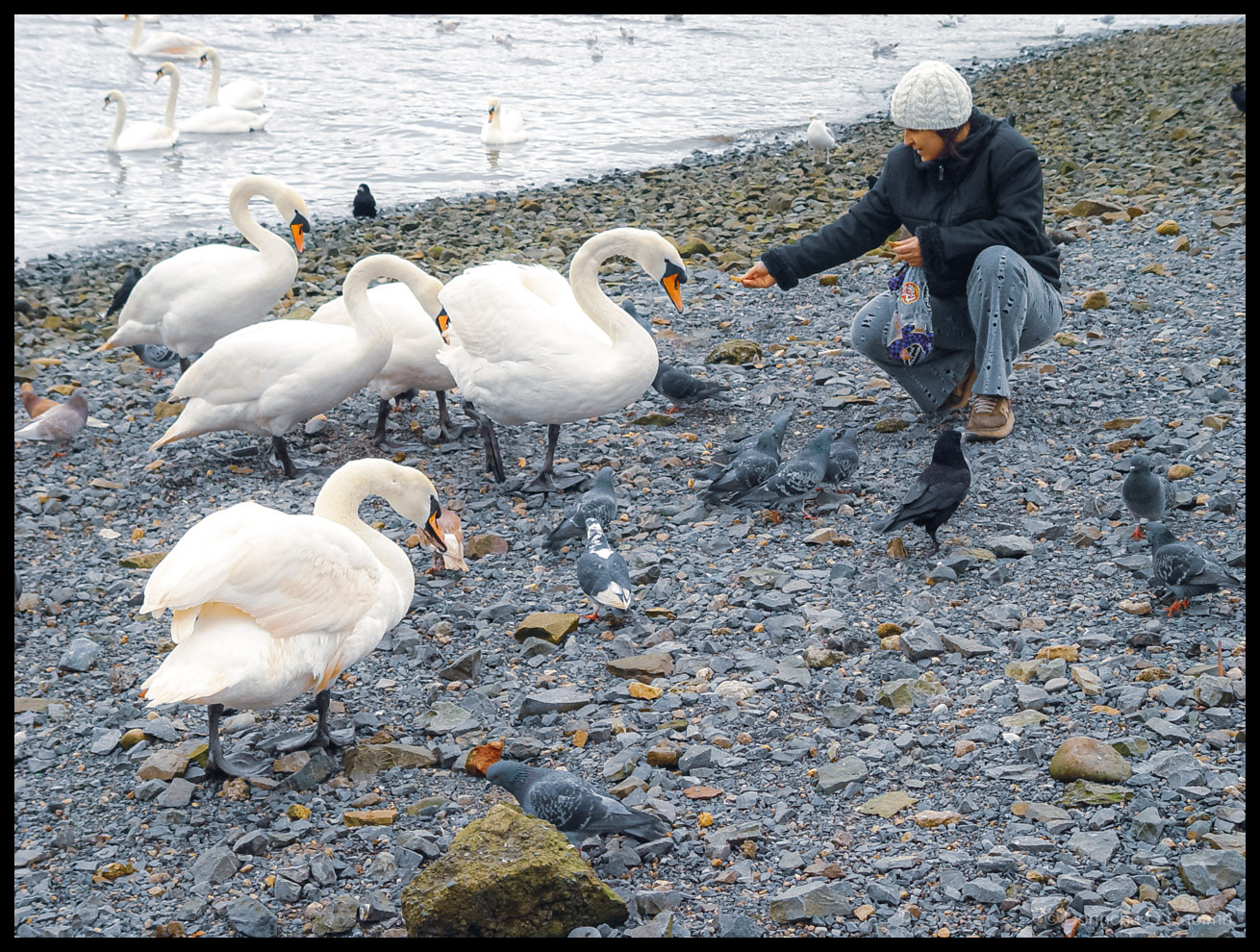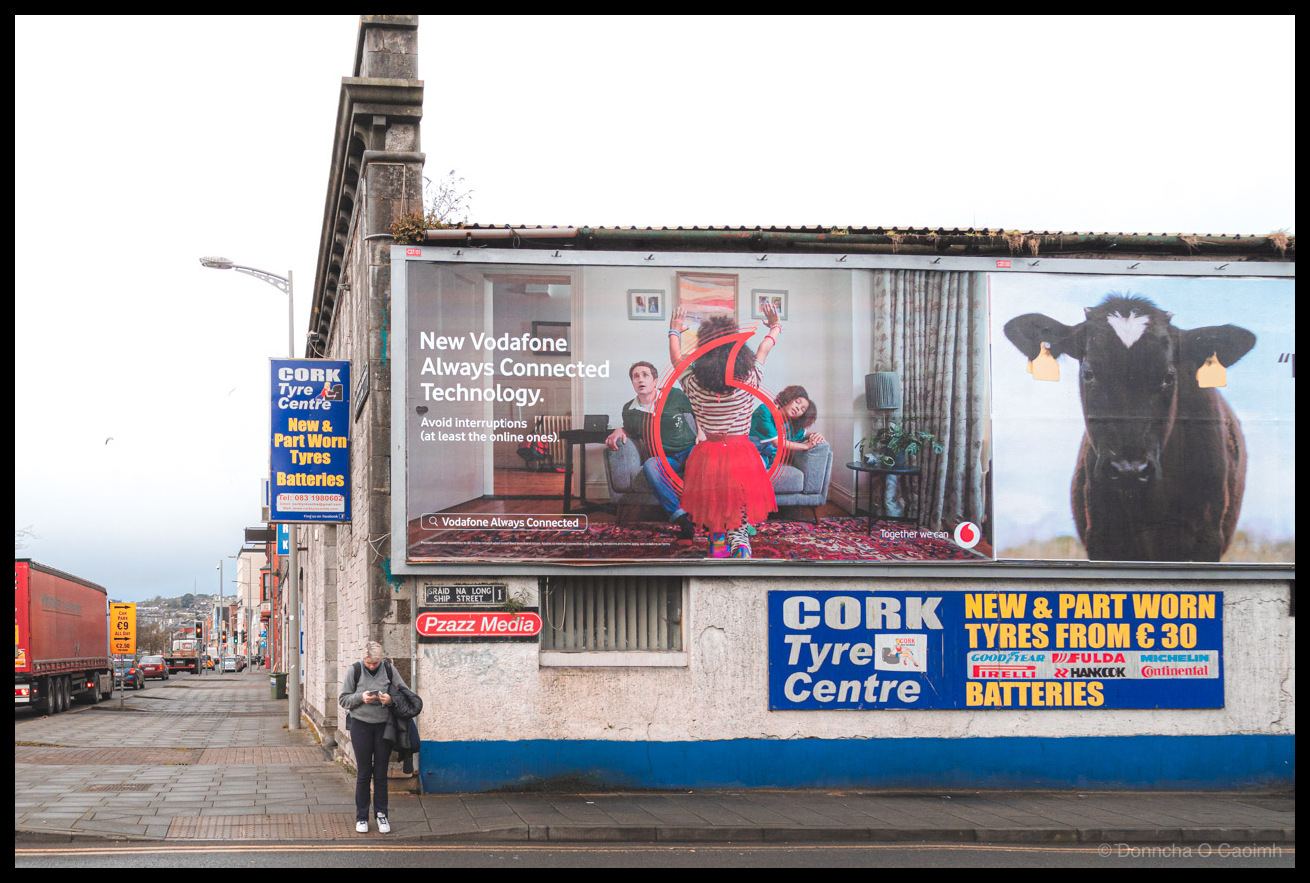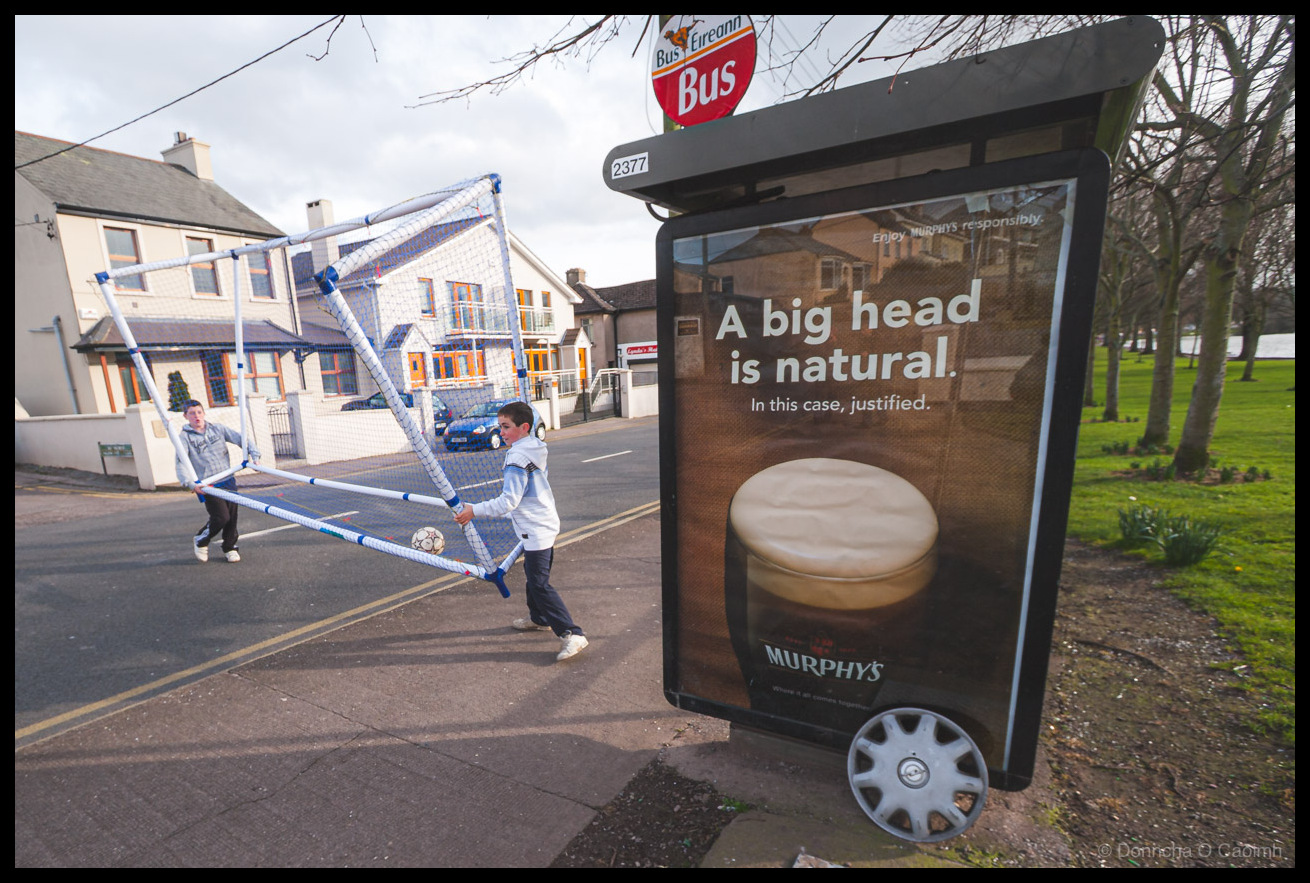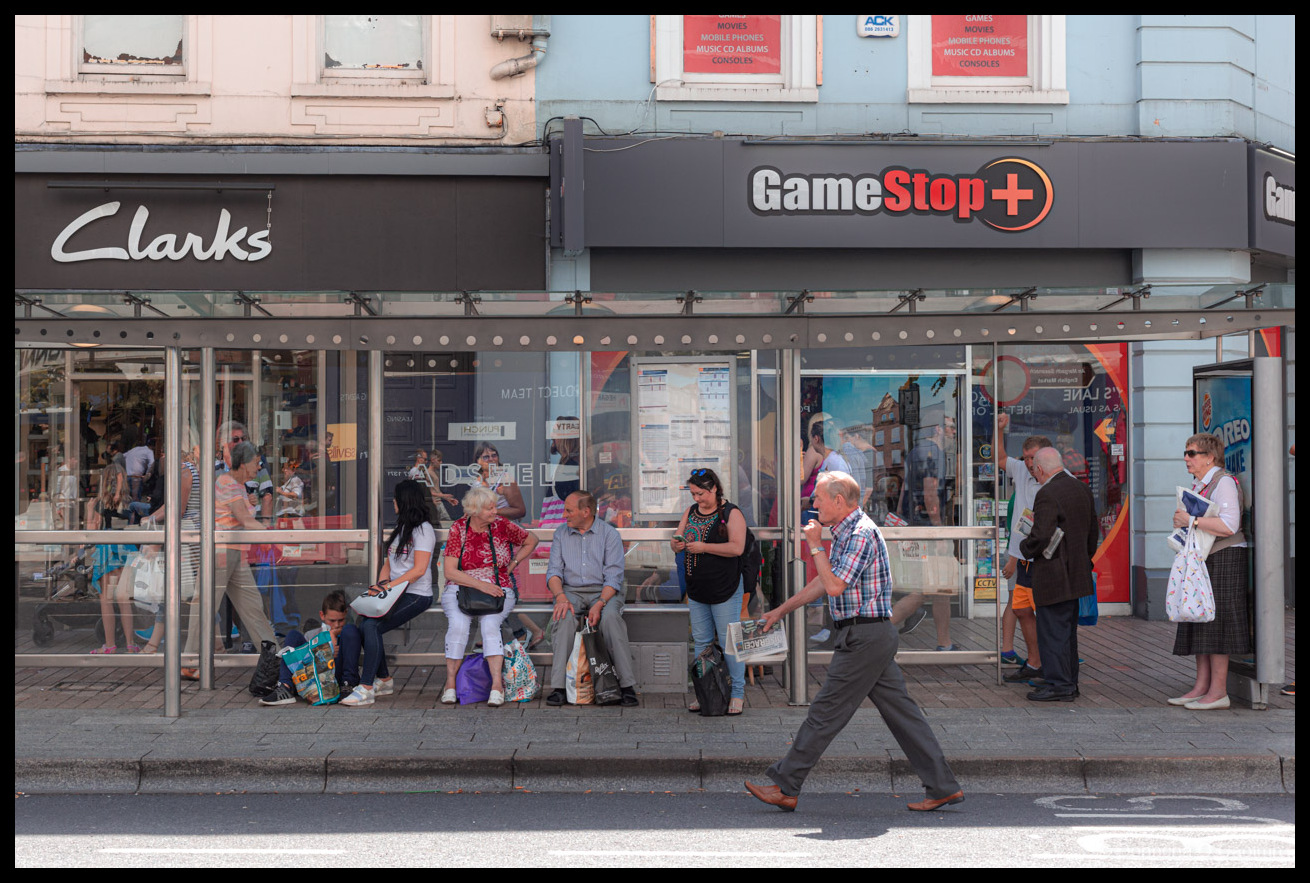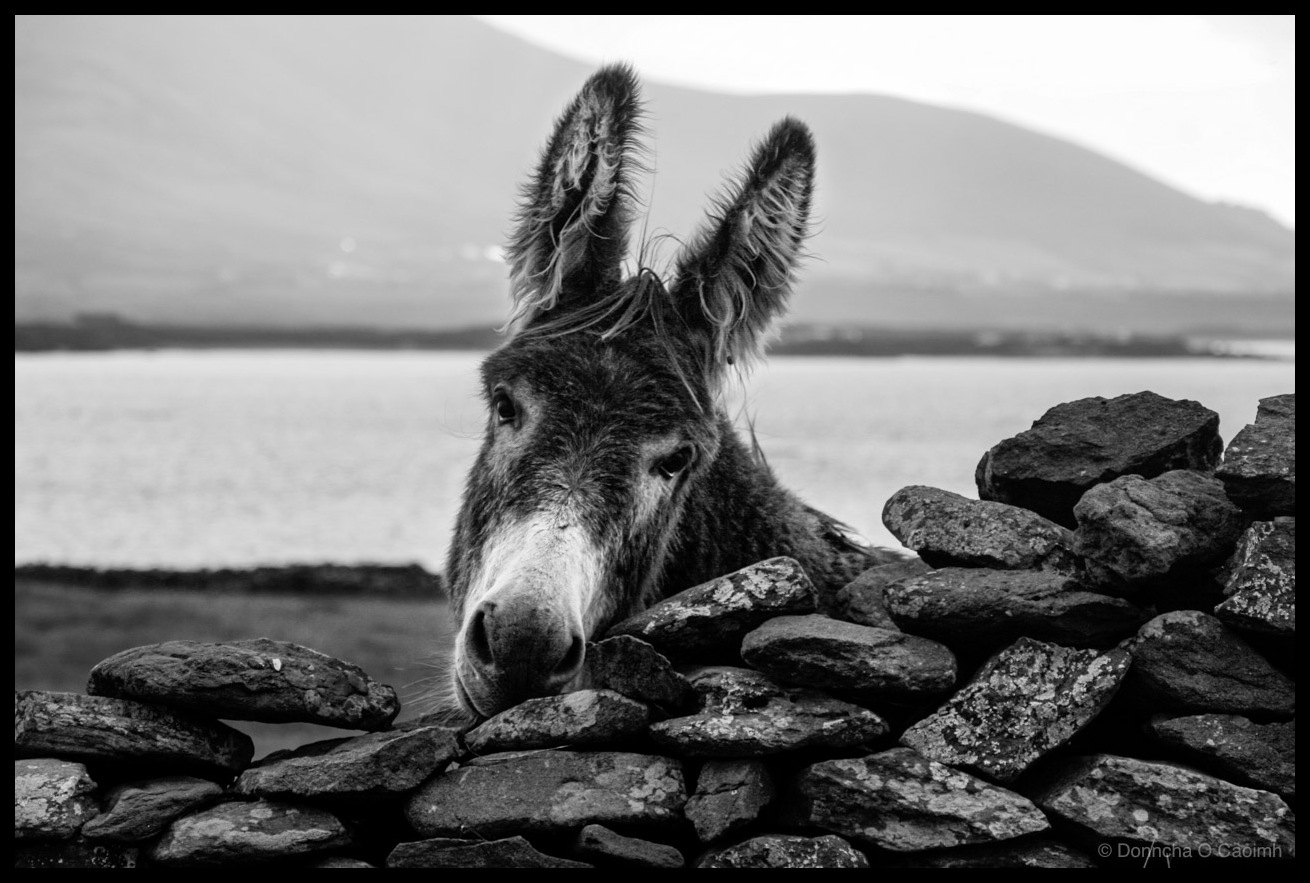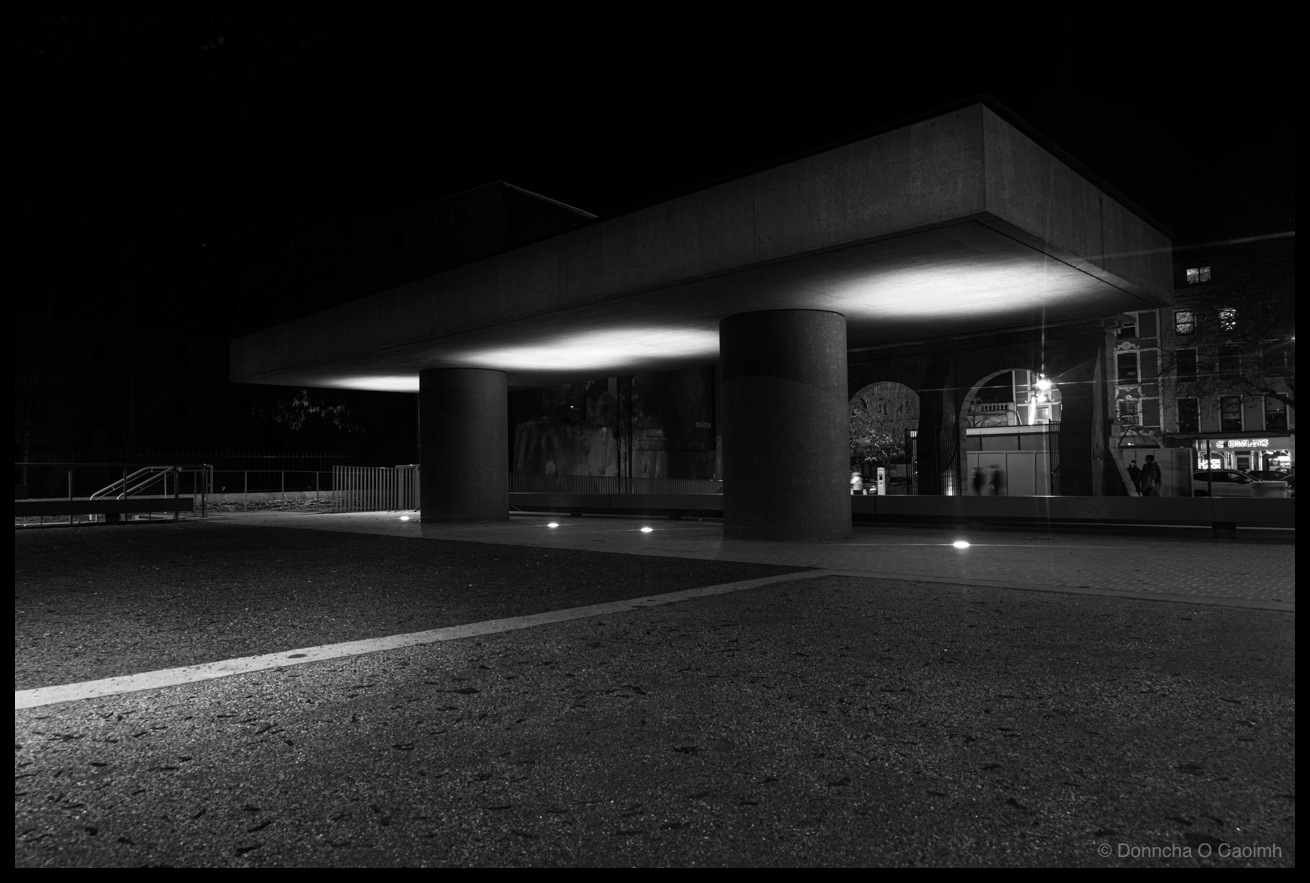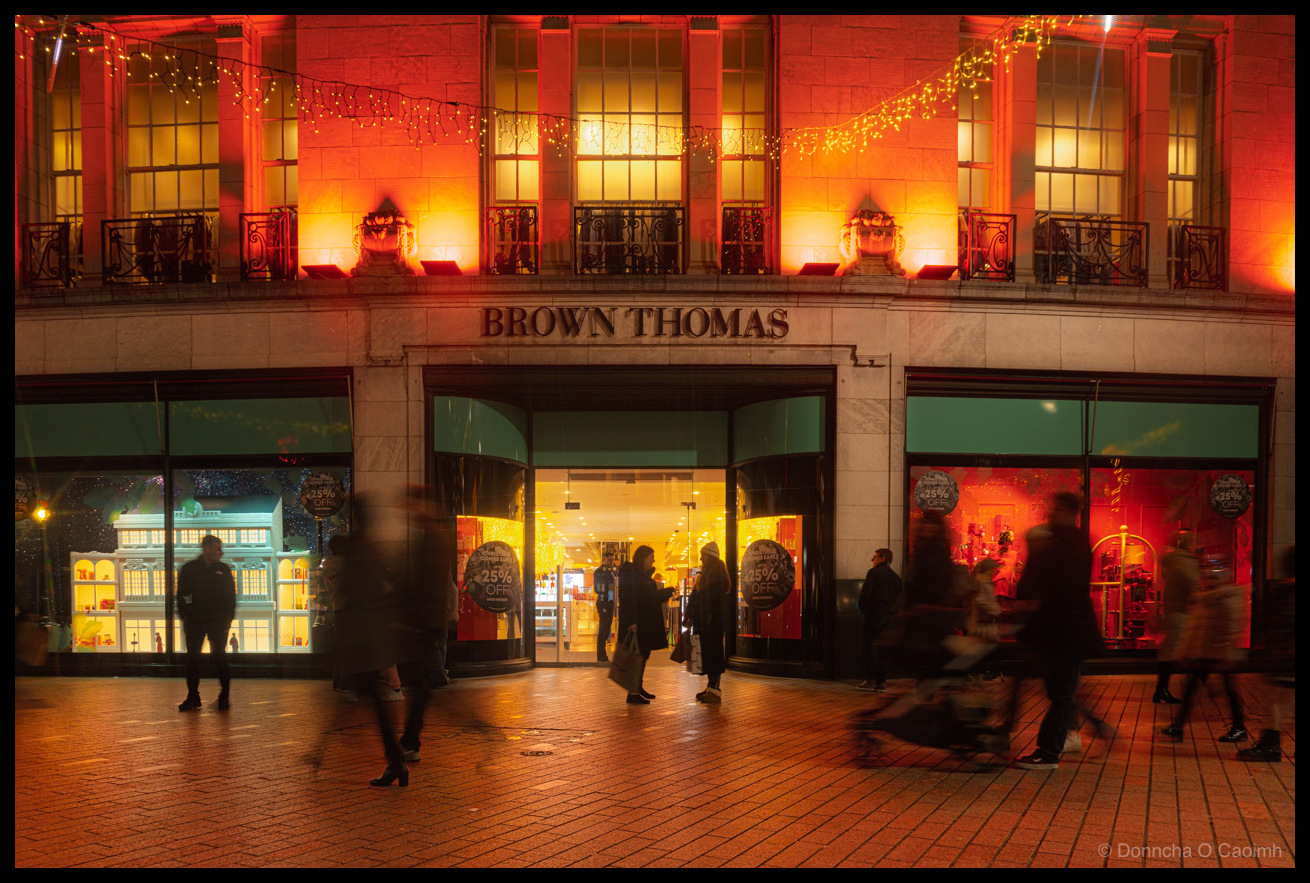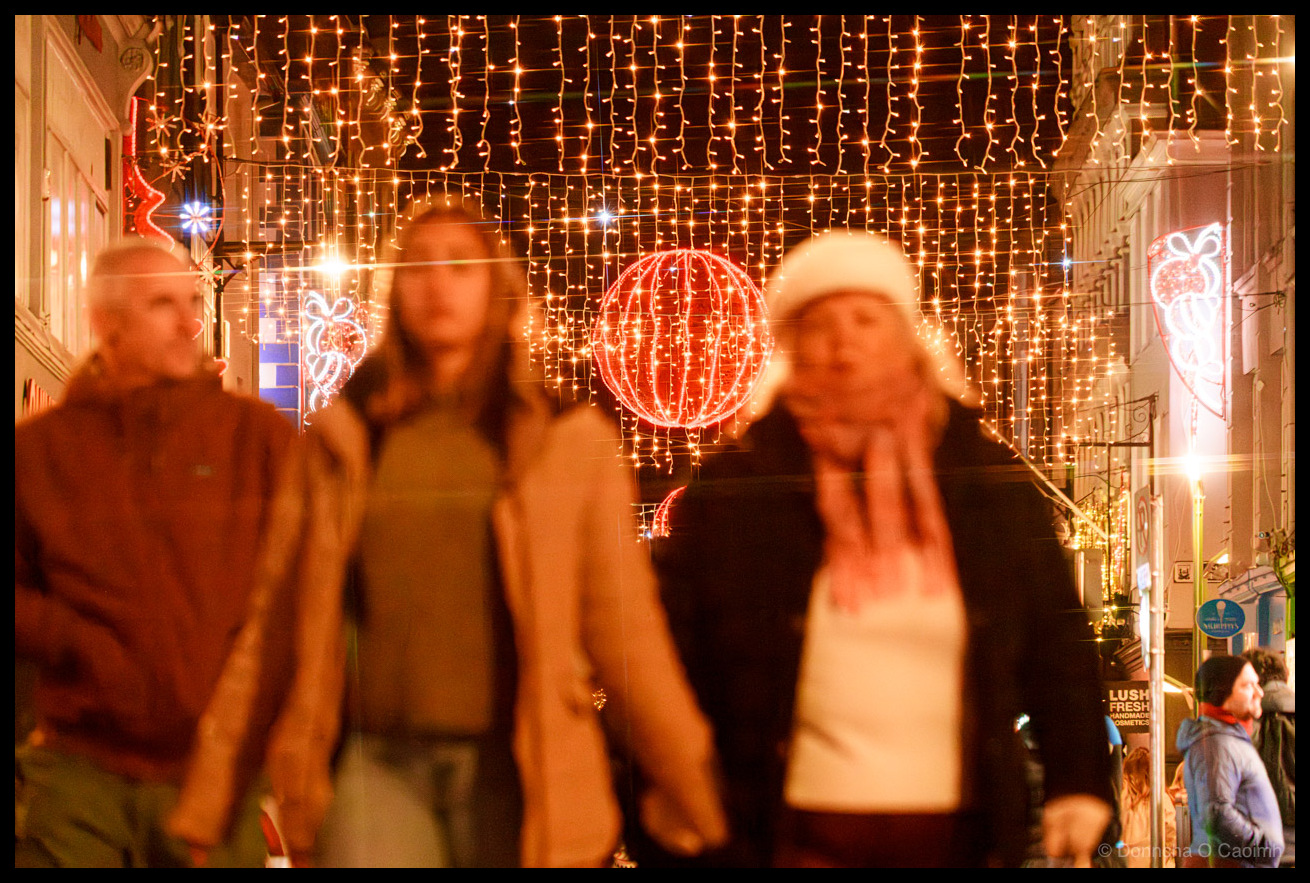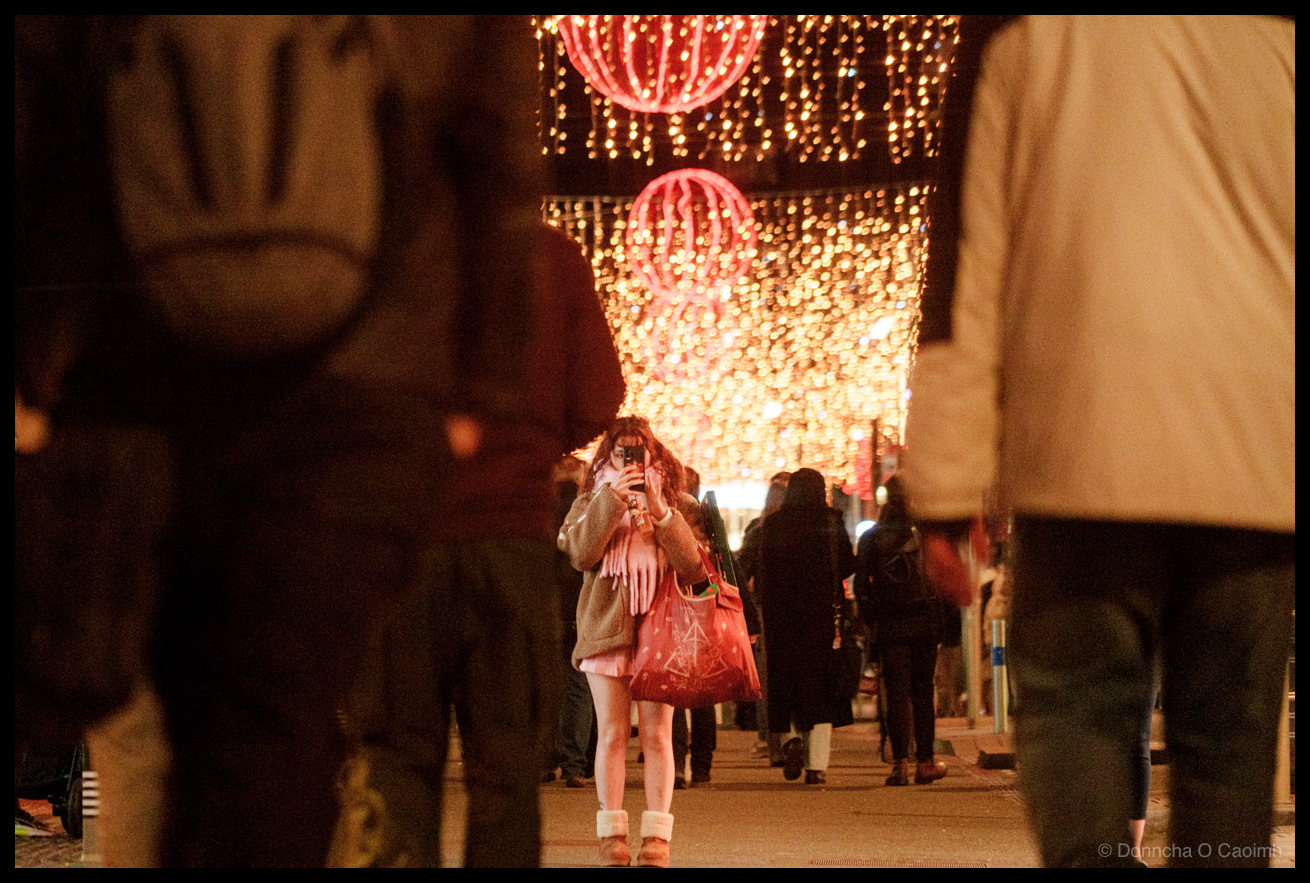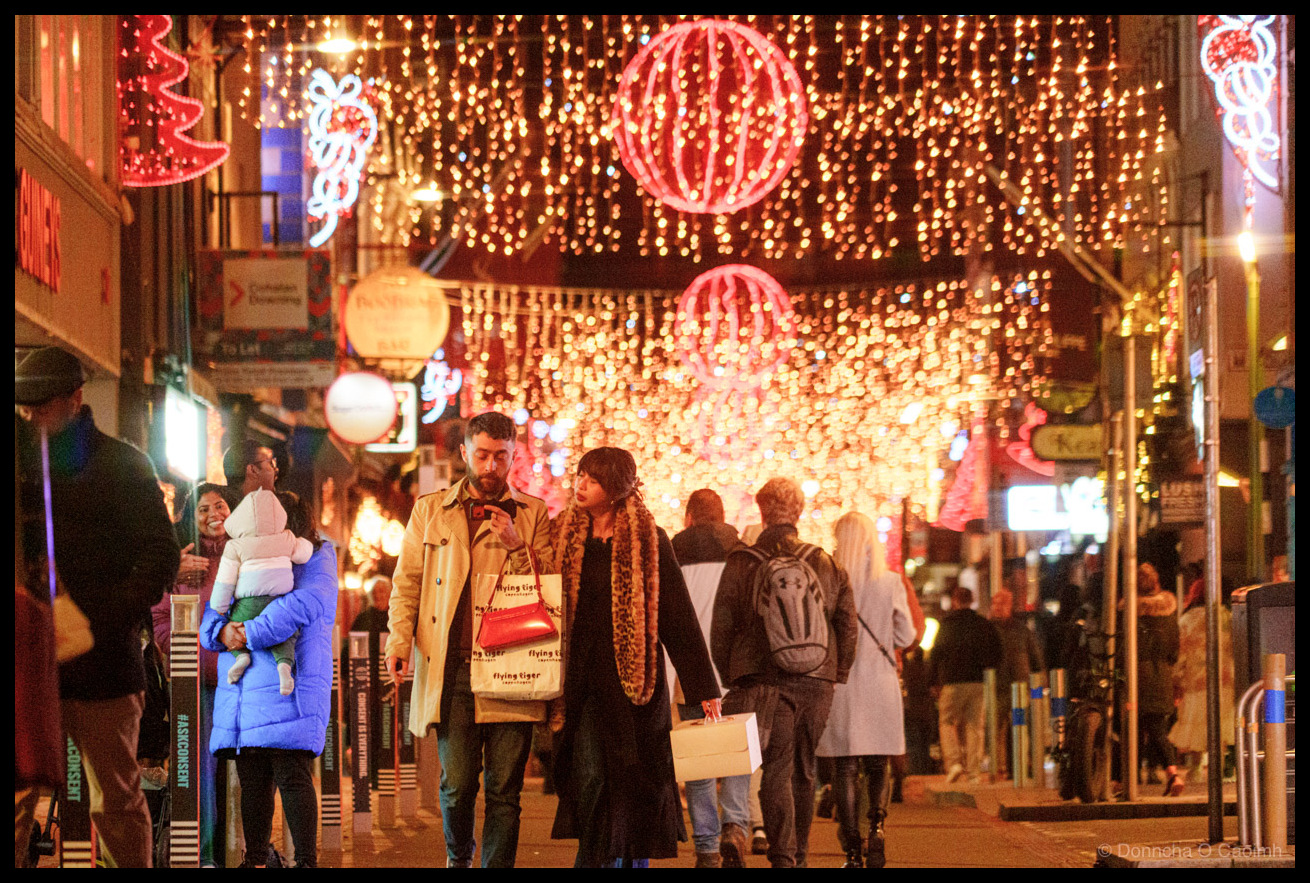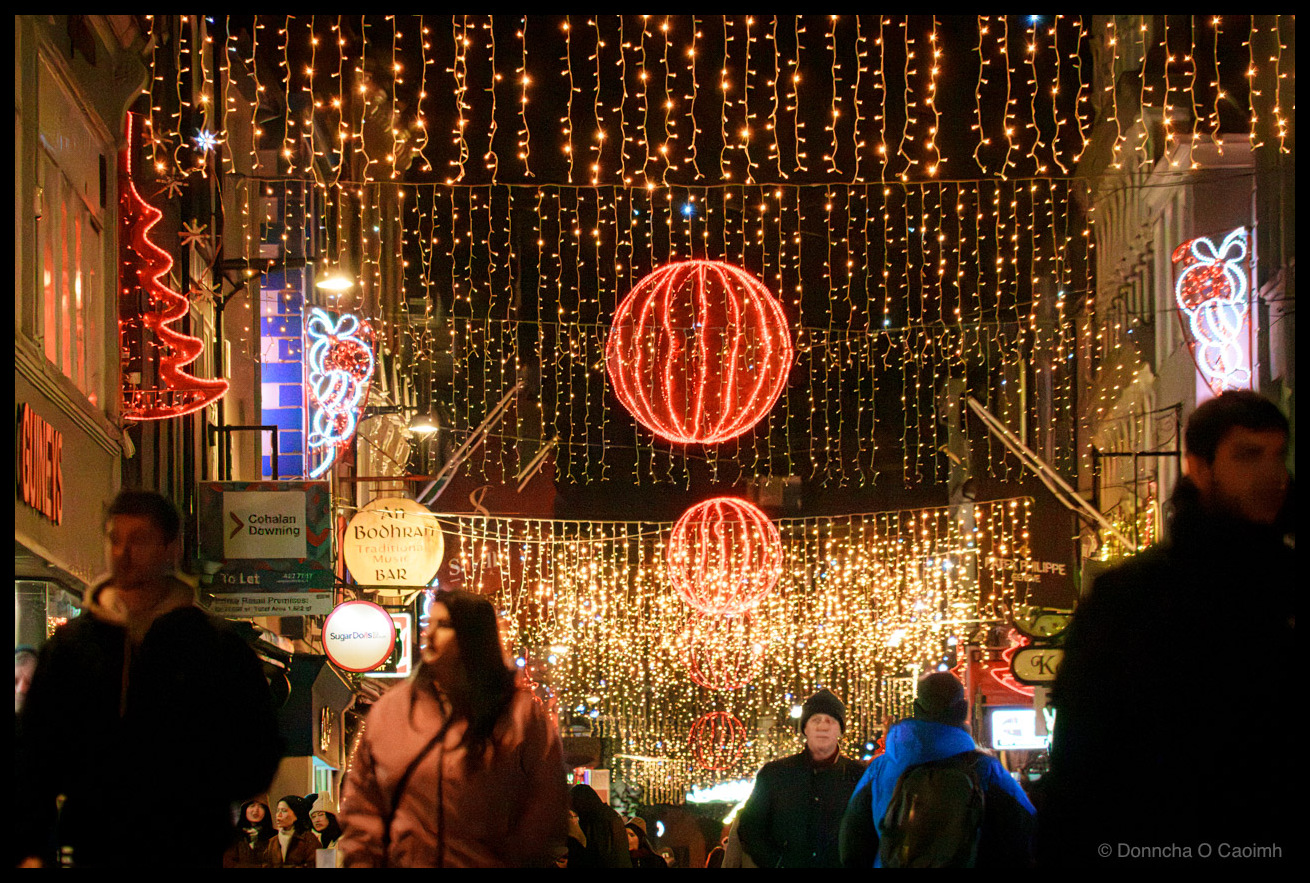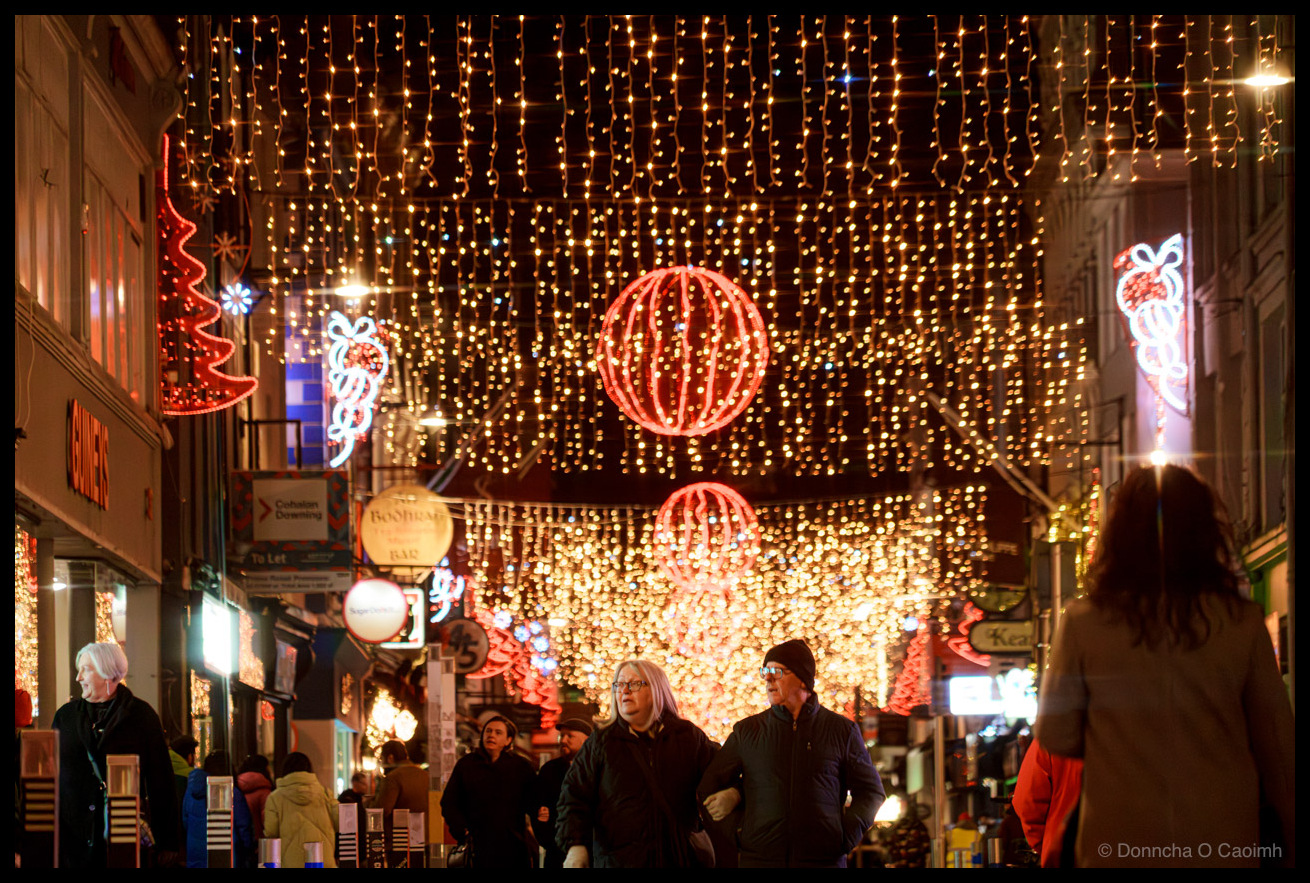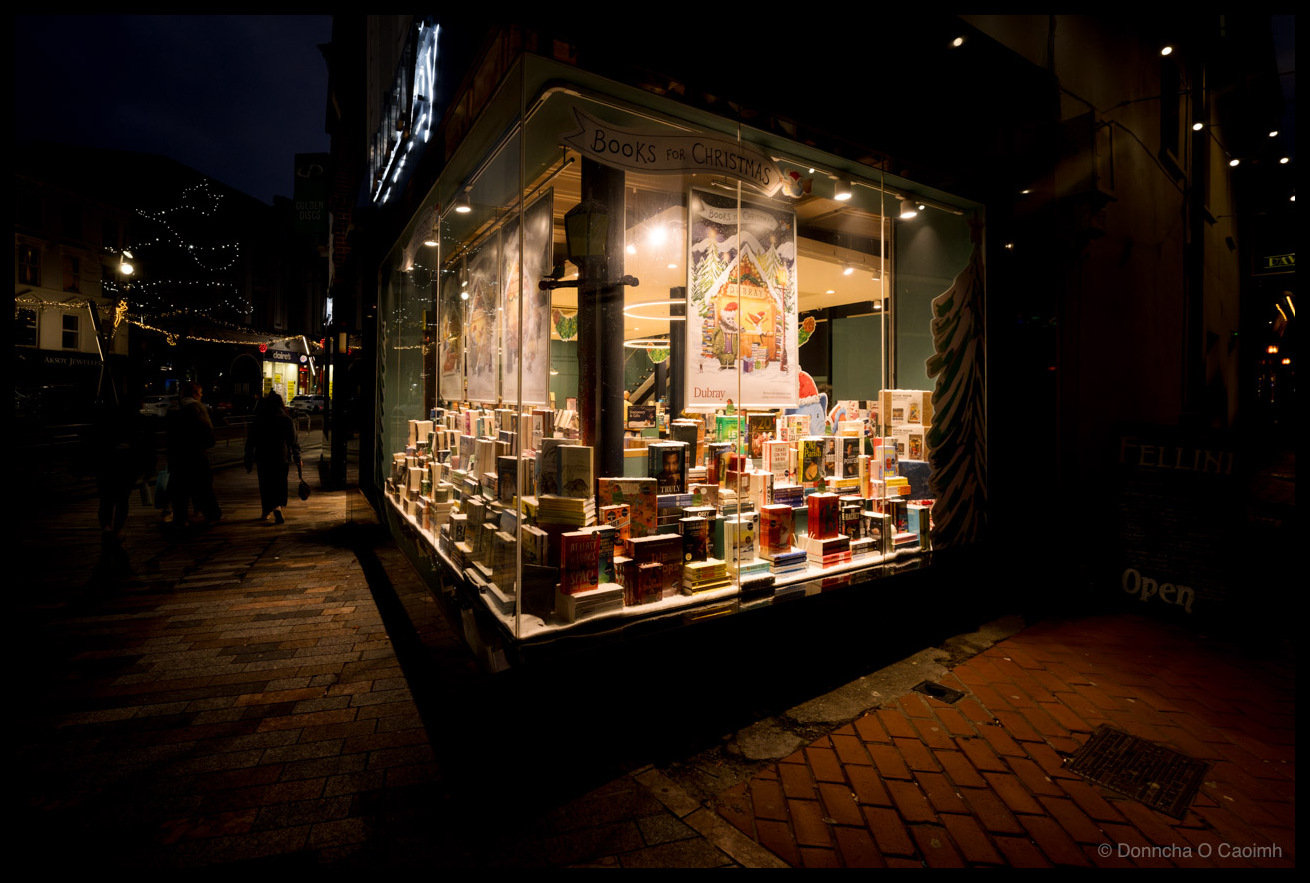In the middle of July when Ireland was moderately warm and the sea was, if not warm, ok to swim in for a few minutes at a time. A bunch of lads were jumping off the pier at Ardmore Boat Cove, but when we walked by, they were playing football and I think one team had scored a goal a moment before. 🙂
| Aperture | ƒ/4.9 |
| Camera | Galaxy S23 Ultra |
| Focal length | 27.2mm |
| ISO | 100 |
| Shutter speed | 1/100s |

